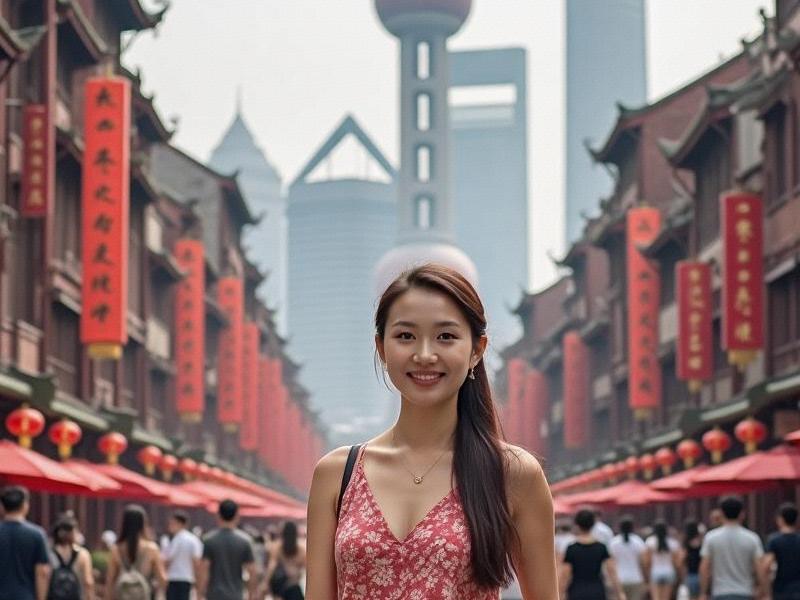Shanghai After Dark: The Transformation of China's Premier Nightlife Destination
⏱ 2025-05-29 00:58 🔖 上海龙凤419
📢0℃

Chapter 1: Historical Context
Shanghai's nightlife heritage:
- 1920s: Jazz Age dance halls and cabarets
- 1980s: Post-reform KTV boom
- 2000s: Superclub era with international DJ culture
- 2010s: Government crackdown and rebranding
Chapter 2: Market Landscape 2025
Current industry snapshot:
- 3,800 licensed entertainment venues
- ¥42 billion annual revenue
- 68% located in Huangpu, Jing'an, and Xuhui districts
- 12 million monthly visitors (pre-pandemic: 9 million)
Chapter 3: Venue Typology Analysis
爱上海419论坛
Main categories:
1. Luxury clubs (15% market share)
- Average spend: ¥5,000-20,000/table
- Client profile: High-net-worth individuals
2. Theme clubs (35%)
- EDM, hip-hop, live music specialties
3. High-end KTV (25%)
- Private room culture
4. Lounge bars (25%)
- Cocktail culture expansion
Chapter 4: Regulatory Environment
Recent policy changes:
- Stricter licensing requirements
上海贵族宝贝sh1314 - 2am last call enforcement
- Facial recognition entry systems
- Anti-money laundering measures
- "Healthy Nightlife" campaign
Chapter 5: Consumer Trends
Shifting preferences:
- Experience over ostentation
- Craft cocktail appreciation (+210% since 2020)
- Female clientele growth (now 38%)
- Younger demographic dominance (Gen Z: 62%)
Chapter 6: Economic Impact
Nighttime economy contributions:
上海夜网论坛 - 280,000 direct jobs
- ¥15 billion in ancillary services
- 12% of hospitality sector revenue
- Boost to luxury retail (38% of purchases by club patrons)
Chapter 7: Future Projections
Industry outlook:
- Continued premiumization
- Technology integration (VR/AR experiences)
- Sustainability initiatives
- Further regulatory tightening
- Potential 24-hour zones in Pudong
Shanghai's entertainment industry continues to evolve, balancing commercial opportunities with social responsibilities in China's most cosmopolitan city.
Shanghai's Enchanting Nightlife: A Symphony of Lights and CultureShanghai’s Gilded Lounges: Where Dynasty Elegance Meets AI-Driven Extravagance"Shanghai 2025: Where Ancient Canals Meet Quantum Computing - The Reinvention of China's Global Gateway"Shanghai 2025: The Making of a Next-Generation Global Financial Capital"Beyond Cheongsams and Pearls: The Multidimensional Shanghai Woman of 2025"Shanghai's Modern Women: How China's Cosmopolitan Capital is Redefining Female Success in 2025Shanghai's Neuro-Aesthetic Vanguard: Redefining Global Beauty Through Quantum Heritage SystemsThe 80km Economic Revolution: Shanghai's Bold Experiment in Regional IntegrationThe Shanghai Beauty Revolution: How China's Global City is Redefining Femininity in 2025Shanghai’s Quantum Lounges: Where Imperial Opulence Meets Blockchain Elegance
"Silk, Screens and Self-Expression: Shanghai Women Redefining Beauty in the Digital Era"The New Shanghainese Woman: Redefining Beauty and Ambition in China's Global CityThe Greater Shanghai Megaregion: How One City is Redefining Urban Integration in China"Shanghai 2025: The City Where Future and Tradition Share a Skyline"Exploring the Rich Tapestry of Shanghainese Culture: A Journey Through Tradition and ModernityShanghai 2045: Reinventing Urban Civilization at the Yangtze Delta"Silk and Smartphones: The Dual Identity of Shanghai's Modern Women"Shanghai's Dual Identity: Where Futurism Meets Nostalgia in China's Premier Global CityShanghai 2025: Where Futurism Meets Tradition in China's Global MegacityShanghai 2040: The Making of a Global Megacity Region

